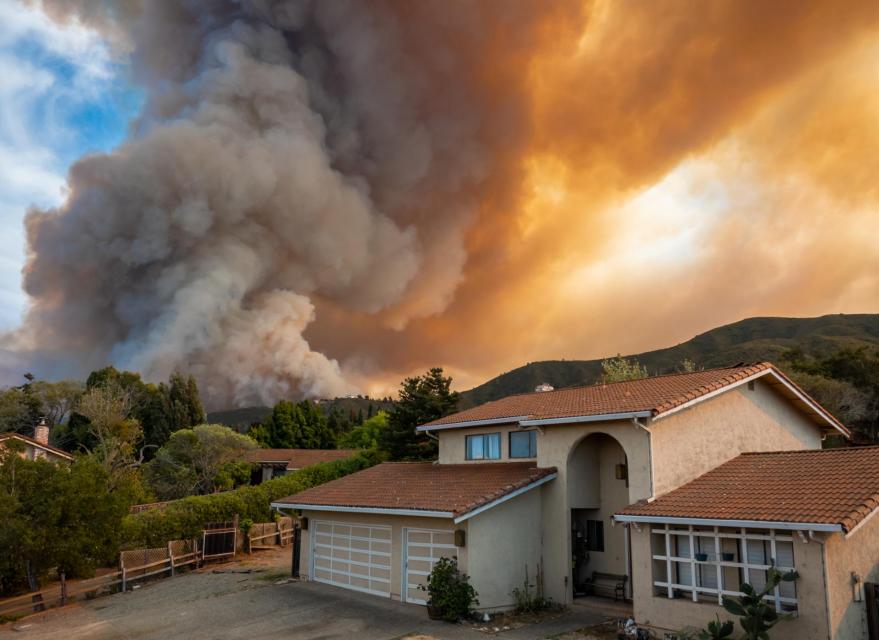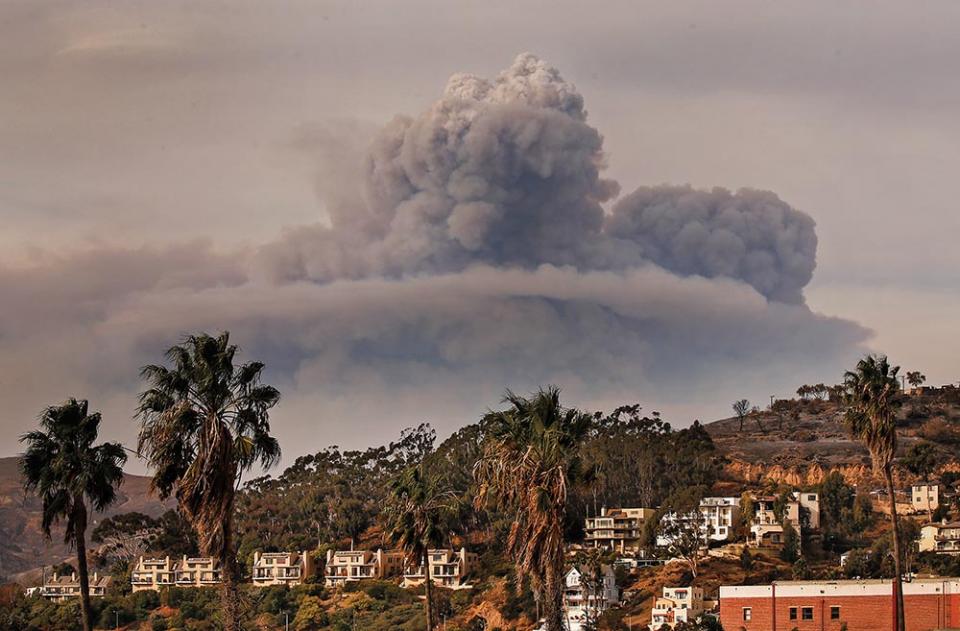Fixing commercial tax system will help communities prepare for wildfires
Prop 15 will fund local fire protection districts
As a result of our rapidly changing climate, California has experienced the deadliest, largest, and most destructive wildfires in its history.
In the past five years, we’ve had nine of the 20 most destructive fires the state has ever had, including the Camp Fire in Butte in 2018, the Tubbs Fire in Napa and Sonoma in 2017, the Carr Fire in Shasta & Trinity in 2018, and the Thomas Fire in Santa Barbara and Ventura in 2017.
Unions step up to help wildfire evacuees
Wildfires threaten member homes and lives
Fires in California, many started by lightning, have burned a little more than a million acres, and scores of people have lost homes and thousands more have been forced to evacuate, including CFT members. The fires, some of the largest in the state’s history are burning in areas including Lake, Napa, Santa Cruz, San Mateo, Solano, Sonoma, and Yolo counties.
Staying safe in wildfire regions
Work safely, monitor air quality, and fight for climate justice
Climate change has led to a torrent of wildfires throughout California in recent years. During times of wildfire and smoke-filled air, it’s important to know how to stay safe on the job and at home. You can also get involved in CFT’s Climate Justice Campaign.
Staying safe at work and home during wildfires
Monitor air quality, know workplace safety and emergency response protocols
With wildfires burning in the north and south of our state, here is some helpful information about air quality, worker safety, and supporting families in need.
Air quality
You can find the Air Quality Index in your area by entering your zip code in the EPA’s AirNow online calculator, which is also available as an app for your mobile device. Purpleair.com is also a useful resource run by a private company, offering hyper-local air quality monitoring in many areas.
Largest-ever California wildfire tears lives apart
Colleagues, students and the union lend support to members in need
Although Laura Carrasco and her husband were at home in Oxnard on Monday, December 4, they didn’t smell the smoke because of the 60-mile-an-hour winds. Around 10:30 pm, they looked outside, saw flames, and a few minutes later, firefighters went up the street with bullhorns, telling people to evacuate.
It was the beginning of the Thomas fire, the largest recorded fire in California history, which burned 273,400 acres in Ventura and Santa Barbara counties, destroying about 1,000 structures.
Wildfires take member homes
Union provides immediate aid and comfort
After the North Bay fires destroyed more than 5,000 homes and killed dozens of people, William Ortlinghaus, who teaches physical education at Kenilworth Junior High and his wife Jen, a teacher at Valley Vista Elementary, were happy to go back to work after school had been cancelled for a week.
“It was the only normal thing we had left,” Jen said, “And my fourth graders were curious to see if we were still alive and our dogs were OK.”






